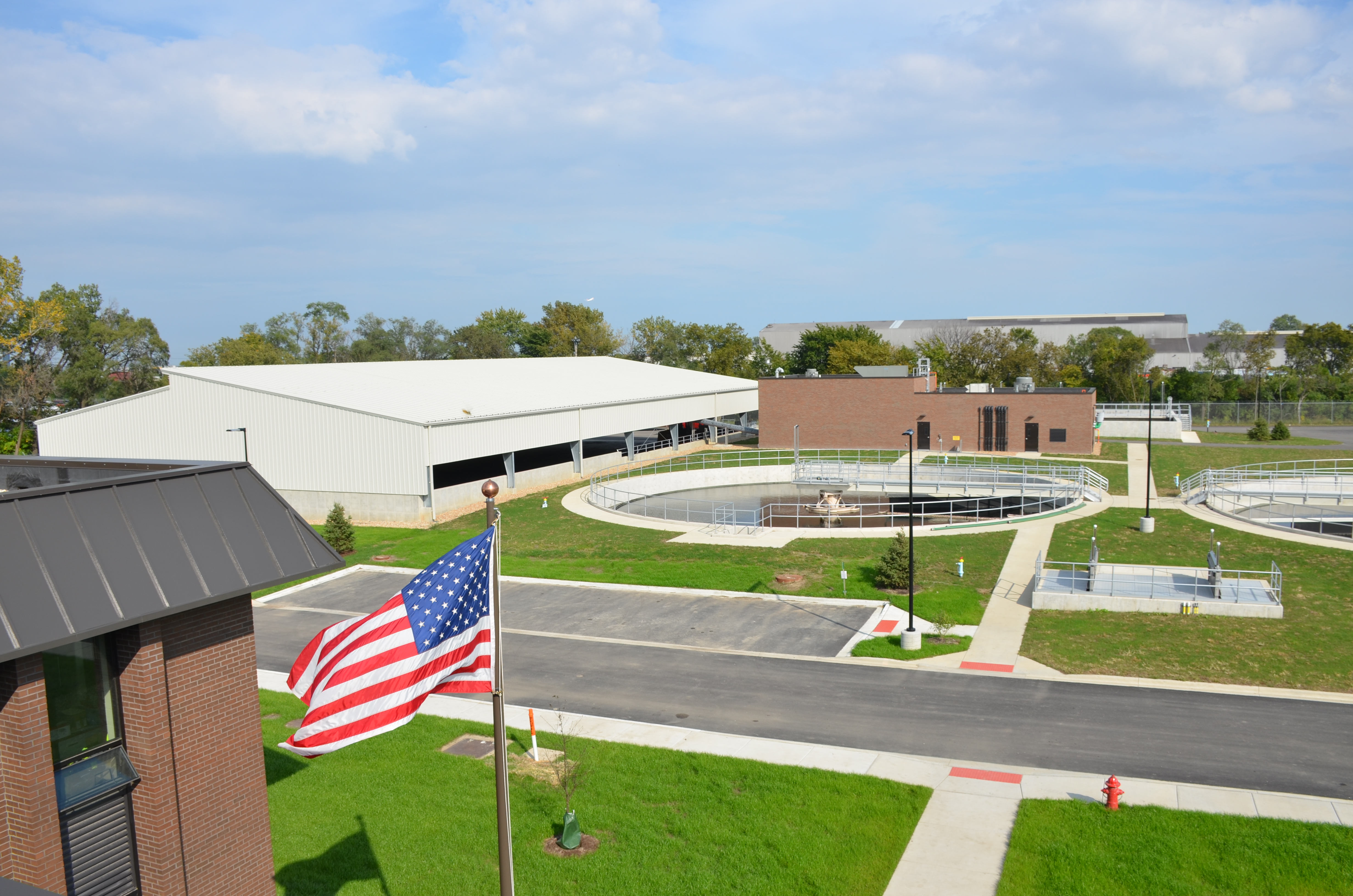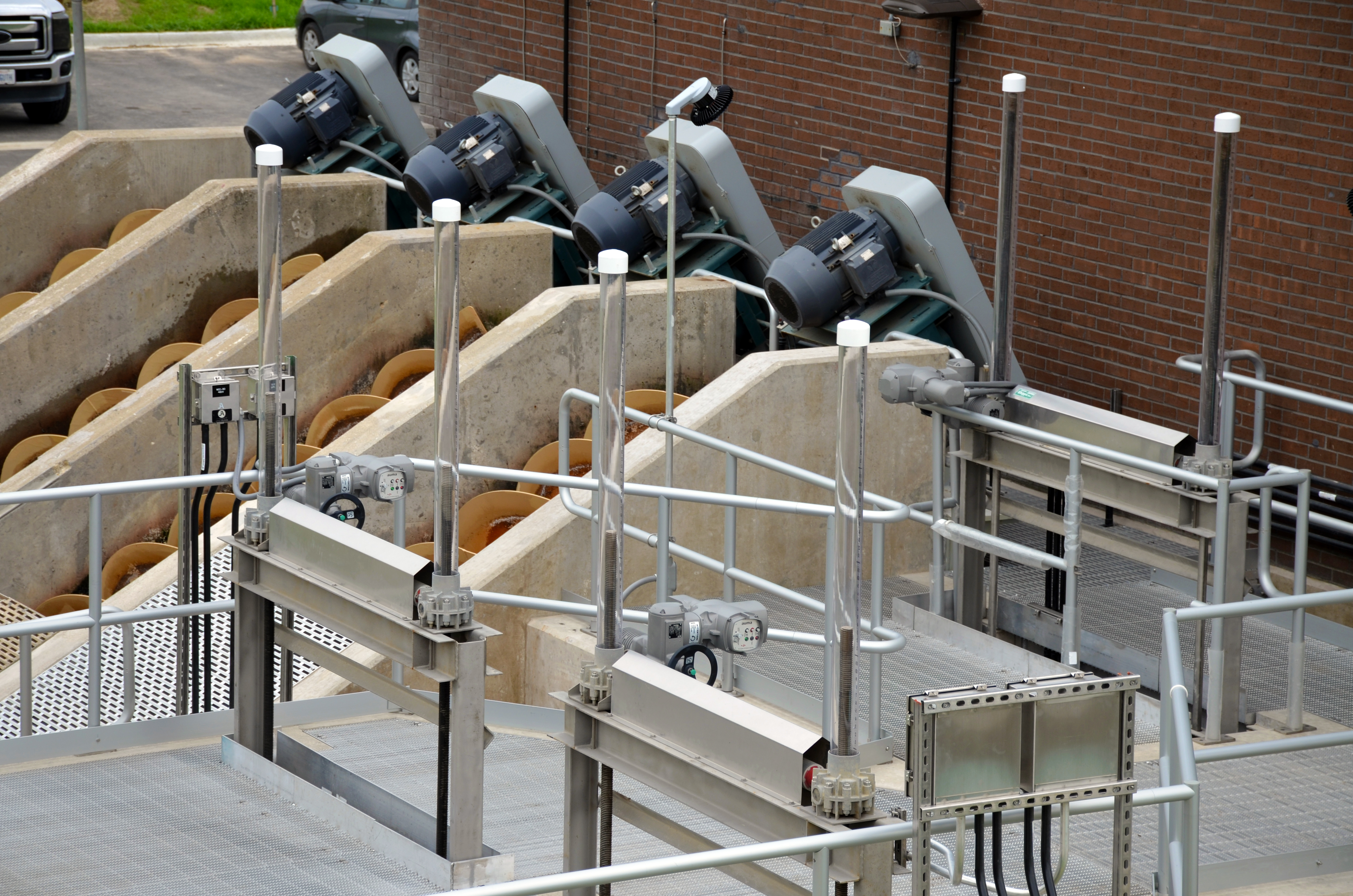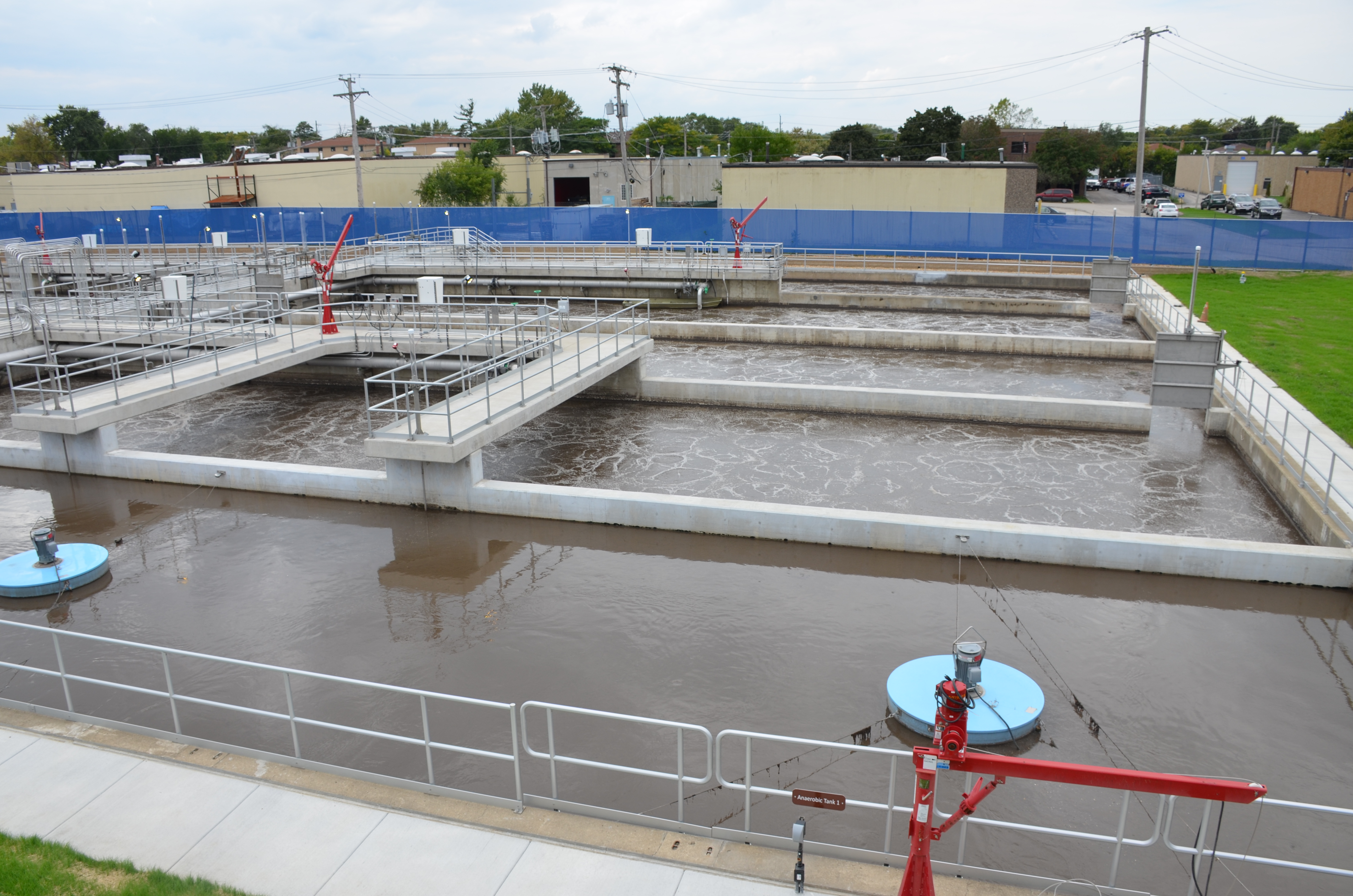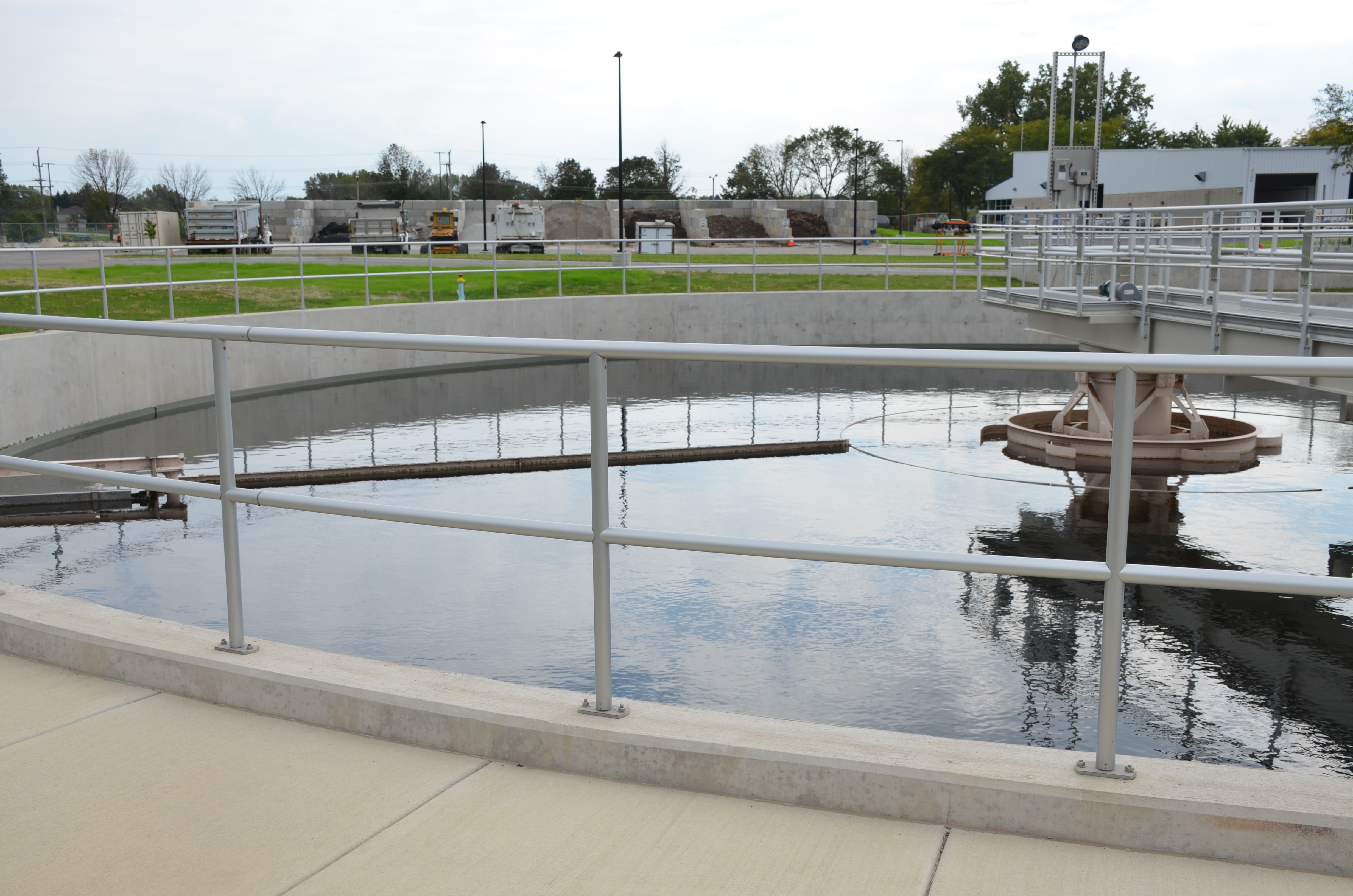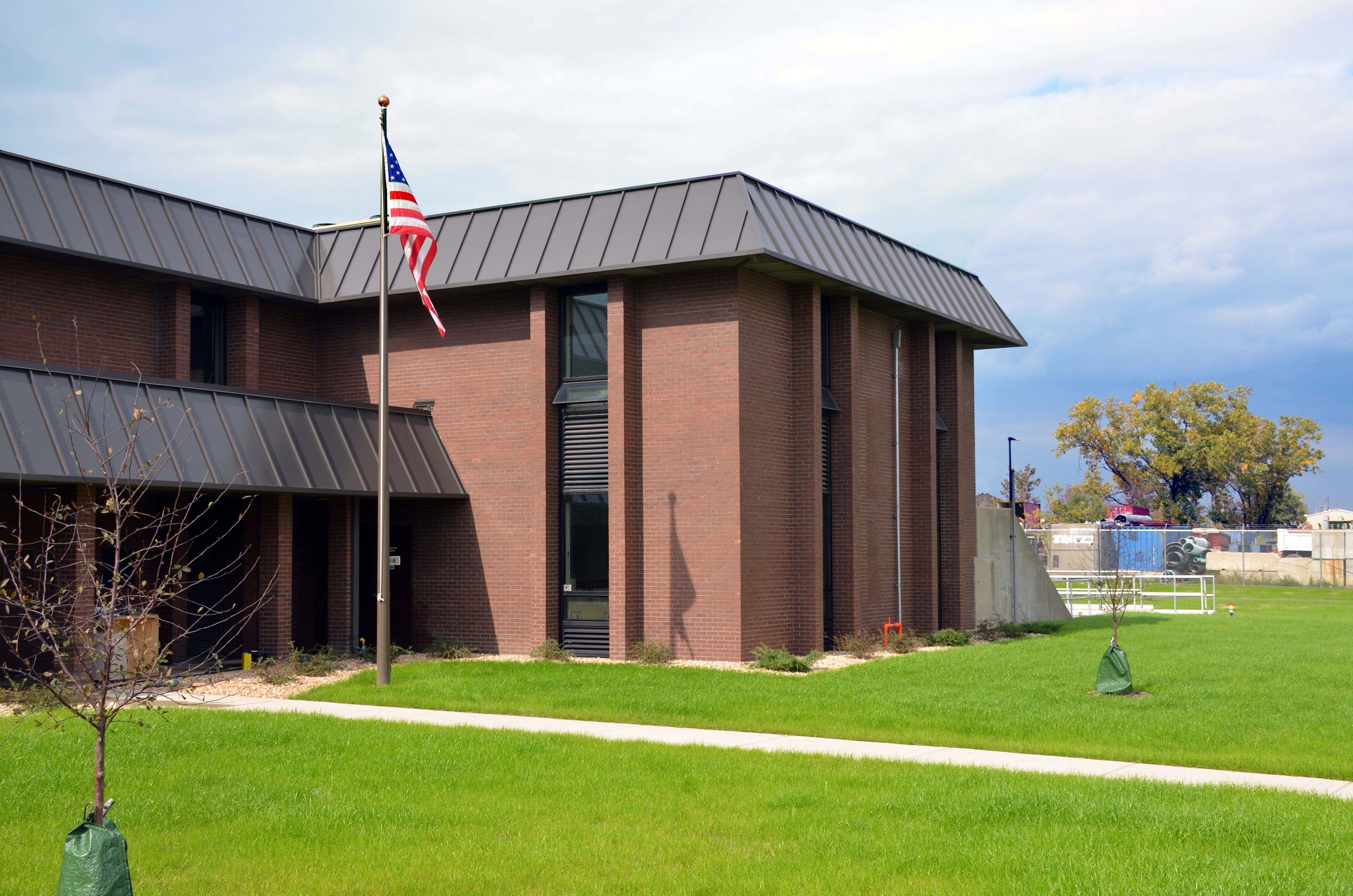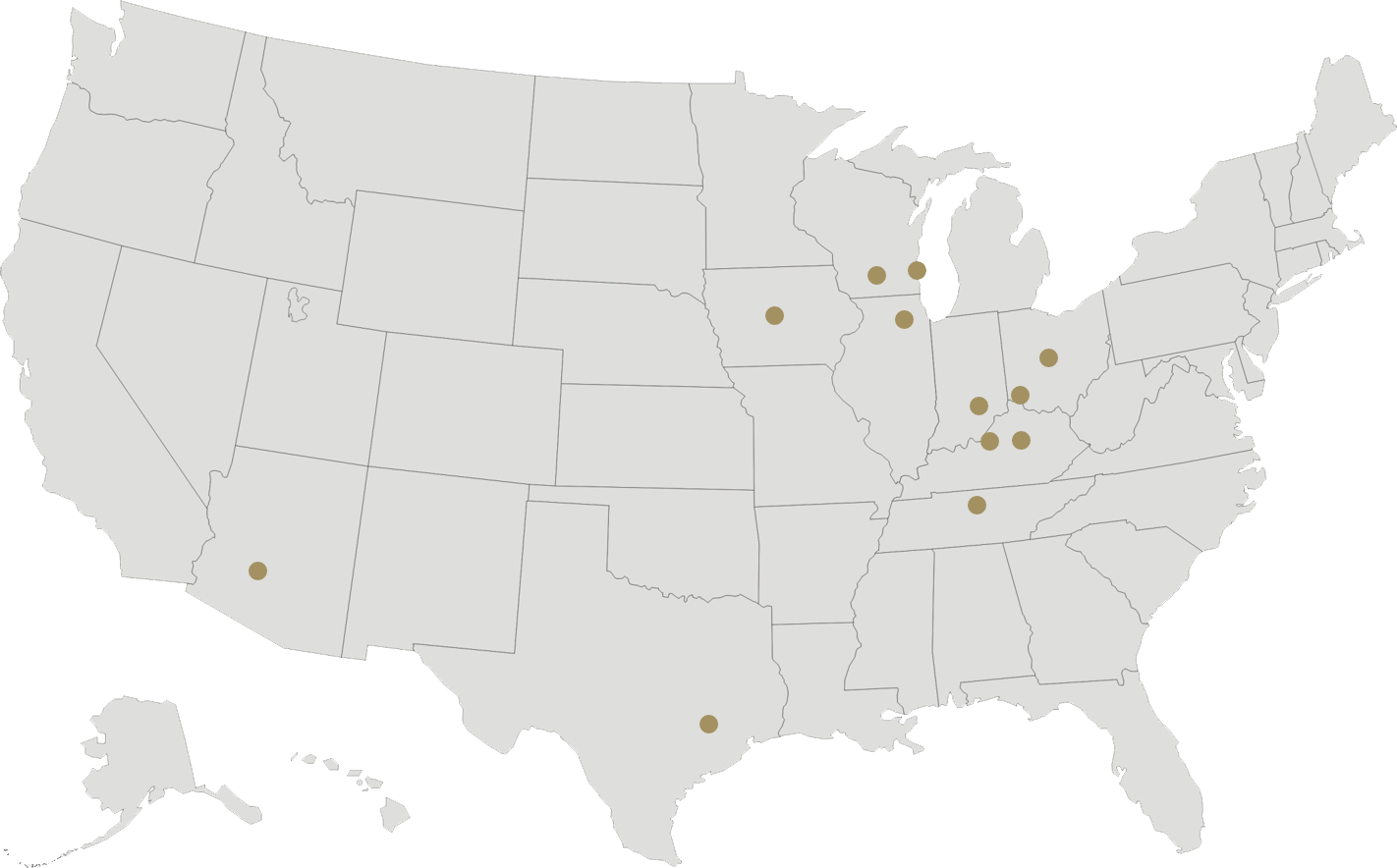Major modifications to the Village of Bensenville’s aging Wastewater Treatment Facility (WWTF) were needed to improve environmental sustainability of the operation, simplify treatment processes, improve effluent quality, increase wet-weather capacity, reduce energy use, and increase automation. The aging facility was built in 1947 and expanded in 1960 and 1978. Many of the original systems were still in use. The WWTF was not able to handle peak flows during wet-weather events, which had led to 179 documented sanitary sewer overflow (SSO) events between January 2008 and March 2012. Securing significant low-interest financing and energy grant funding made this project viable and affordable for the community.
The project included the conversion of tankage previously used for aeration, final clarification, and aerobic digestion into facilities for biological nutrient removal. This project highlights how a relatively complex aging treatment plant can be simplified by 37 percent to reduce maintenance and energy requirements while repurposing existing infrastructure to reduce construction costs. The plant is no longer challenged with 25-plus SSOs that occurred annually and is also a model for biological nutrient removal, as it is one of the first full-scale facilities implementing this technology in Illinois. The project won the APWA Illinois Suburban Branch Project of the Year Award and ACEC Illinois Excellence Special Achievement Award.
Back to Project Gallery